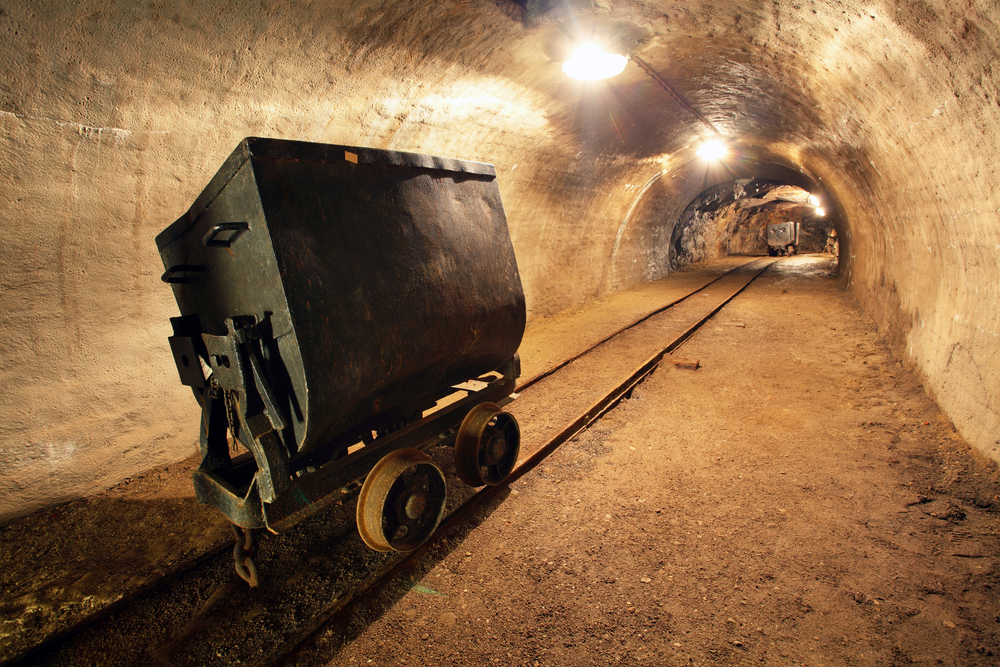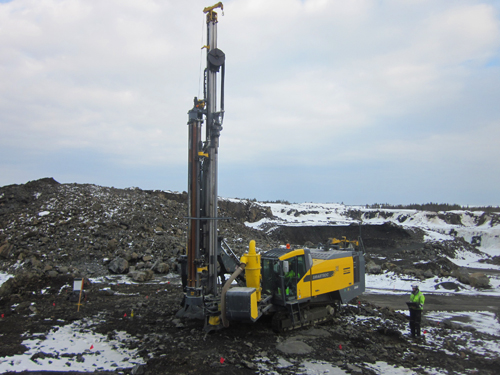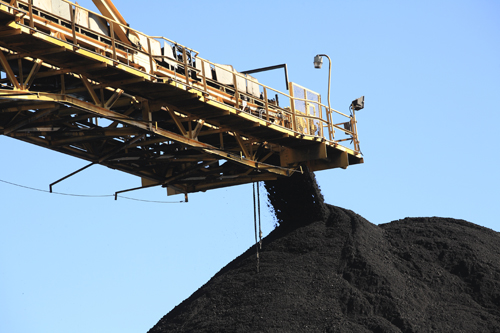
The $820 million purchase is to the benefit of both partners, with Rio Tinto looking to sell assets as part of a $5 billion cost-cutting plan and China Molybednum following the lead of other Chinese firms keen to buy resource assets as they look to serve domestic demand.







 Petrotrin-SPR-O&G-Bro-s.pdf
Petrotrin-SPR-O&G-Bro-s.pdf


